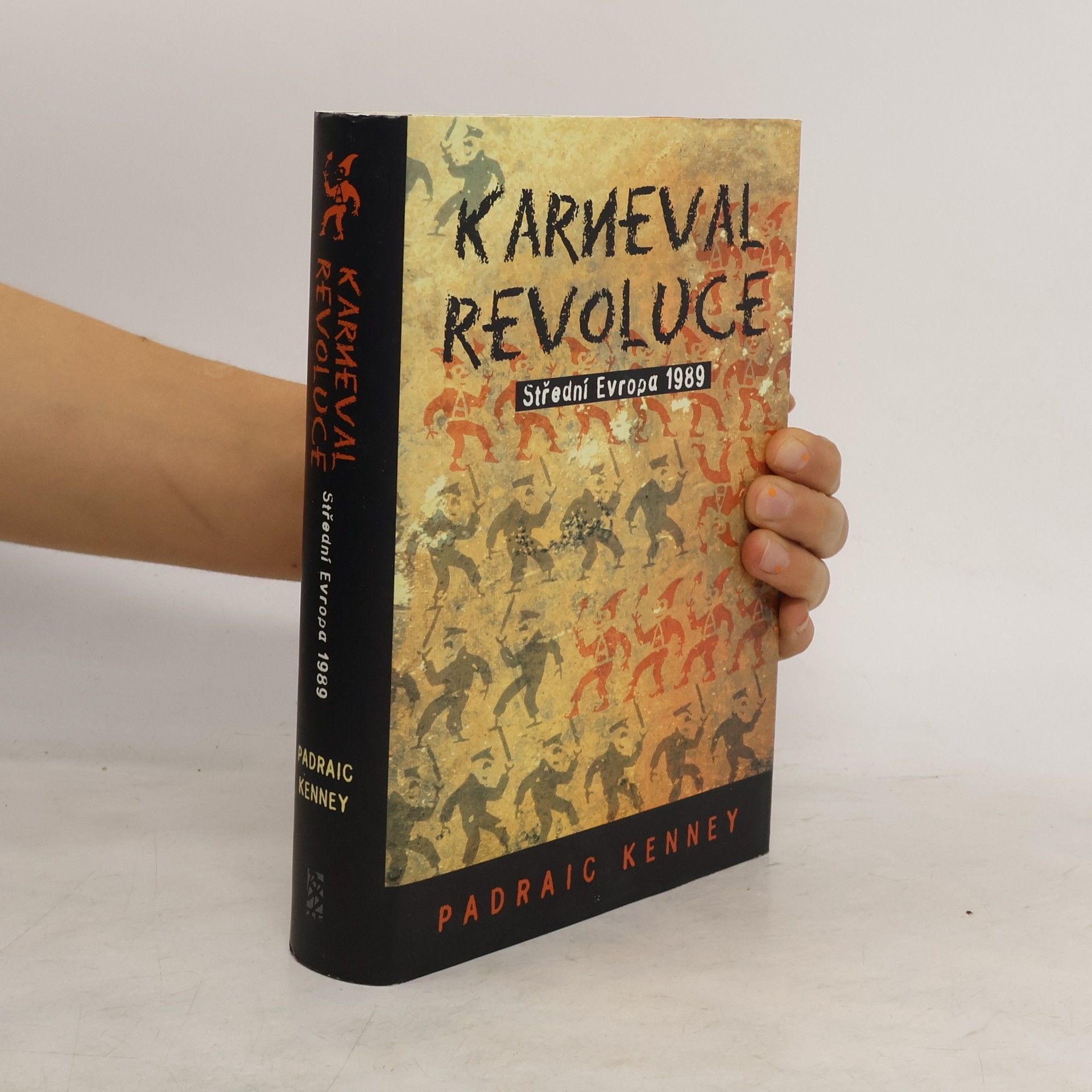Karneval revoluce. Střední Evropa 1989
- 390 pages
- 14 hours of reading
Rok 1989, kdy se zhroutil komunismus, bývá často označován jako annus mirabilis, "rok zázraků". Americký historik Padraic Kenney však tvrdí, že zázraky se dějí velmi zřídka, a že se davy tehdejších demonstrantů na ulicích nevynořily zničeho nic. Podle něj byly vyvrcholením "karnevalu", veřejných vystoupení nových hnutí, která probíhala v předcházejících třech a půl letech: od demonstrací po Černobylu v Polsku na jaře 1986 do sametové revoluce v Praze. Za ta léta změnily vztah mezi státem, opozicí a společností nové problémy.
